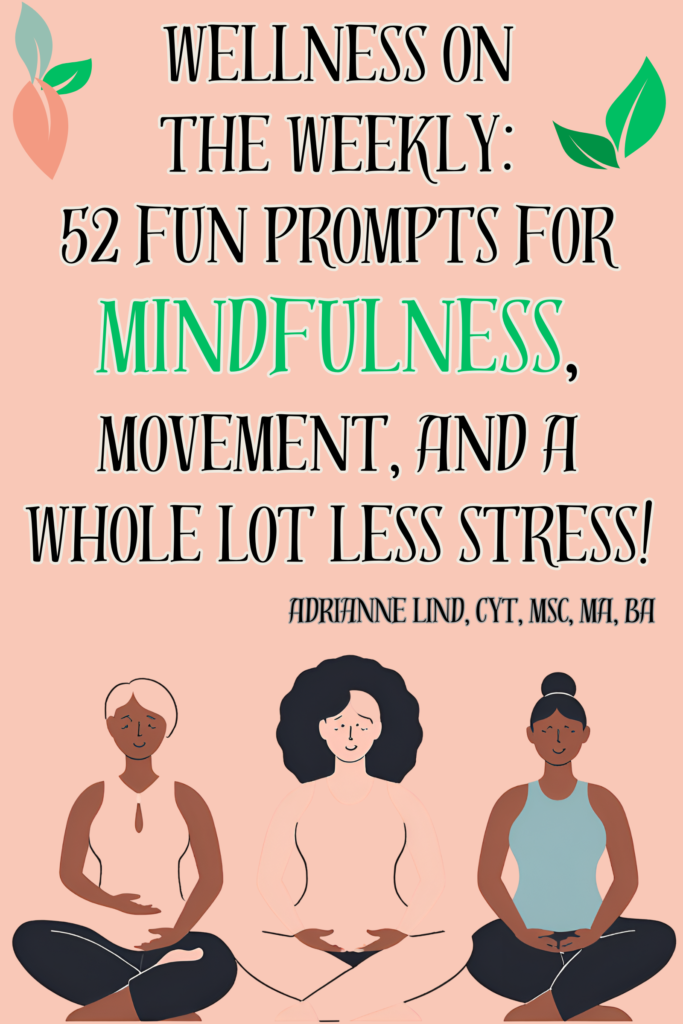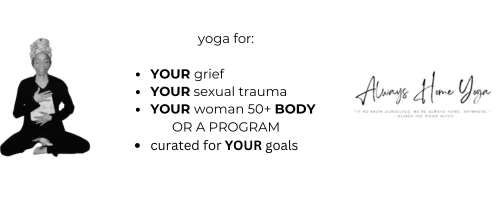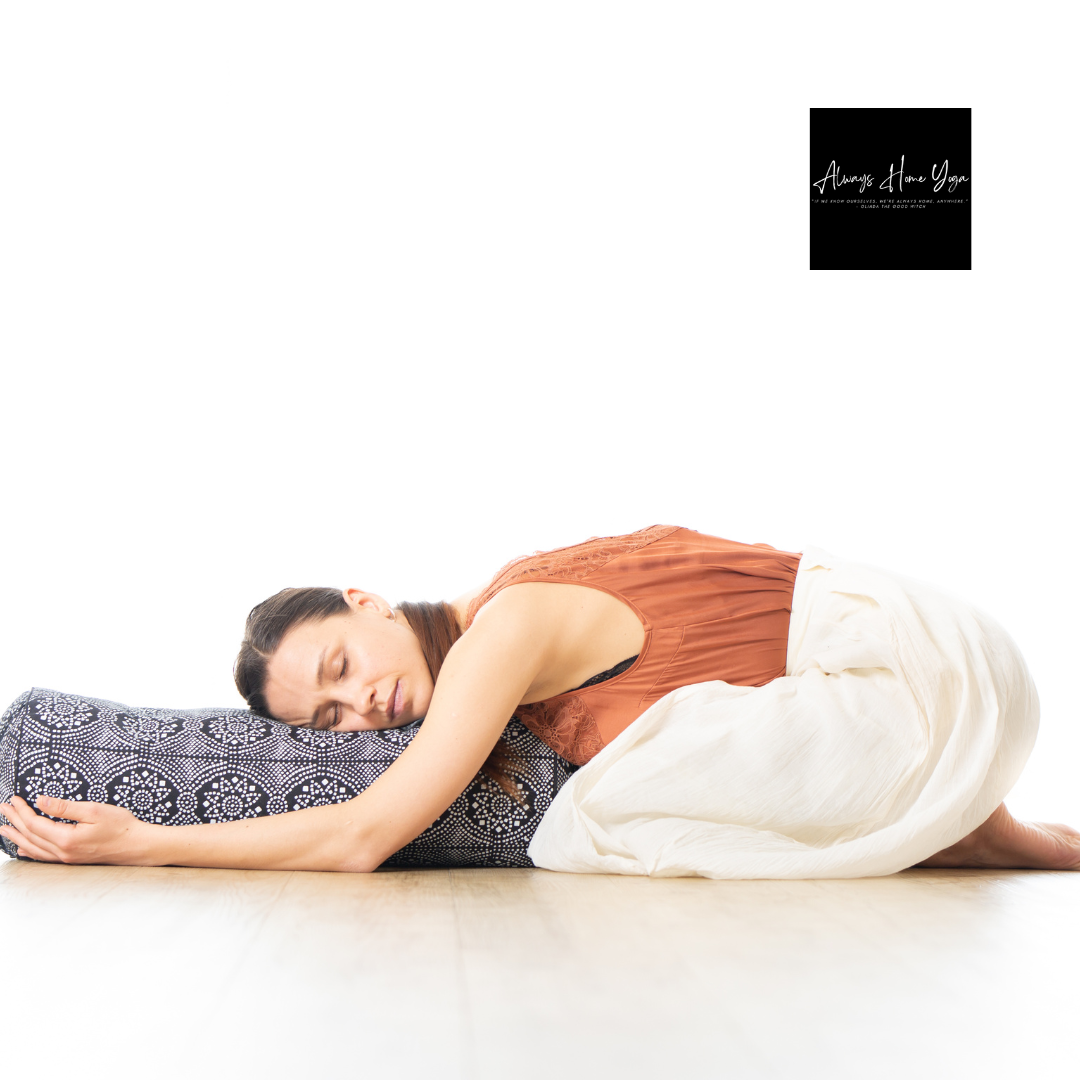What if there were a way to navigate life’s storms with a sense of calm and control? Enter restorative yoga. It is a gentle practice. It soothes the body, quiets the mind, and nurtures the spirit.
Why Restorative Yoga?
Restorative yoga is unlike any other form of exercise. It aims for deep relaxation. It uses props like bolsters, blankets, and blocks to support the body in restful positions. It helps you release tension, boost mindfulness, and trigger relaxation.
The benefits of restorative yoga include:
- Reducing cortisol levels, the stress hormone, can improve overall mood.
- Increasing flexibility and circulation without strain.
- Improving sleep quality calms the nervous system.
- Encouraging mindfulness, helping you stay present and release worries.
Step-by-Step Plan to Get Started
- Create Your Space: Dedicate a quiet, clutter-free corner of your home for your practice. Dim lighting or natural sunlight works best.
- Gather Your Props: If you lack yoga props, use pillows and towels. They can replace bolsters and blankets.
- Set an Intention: Before starting, set a gentle intention. For example, “I release stress and welcome peace.””
- Choose Restorative Poses:
- Supported Child’s Pose: Kneel on the mat and place a bolster or pillow in front of you. Gently fold forward and rest your torso and head on the support.
- Reclined Bound Angle Pose: Lie on your back with the soles of your feet together and knees apart. Use blocks or pillows to support your knees.
- Legs Up the Wall: Sit sideways against a wall, swing your legs up, and lie down so that your legs rest against the wall. Use a small pillow under your hips if needed.
- Focus on Your Breath: Slow, deep breathing is key. Try inhaling for a count of four and exhaling for a count of six. This extended exhale activates the parasympathetic nervous system, promoting a state of rest.
- Stay present. If your mind wanders, focus on your breath or the pose’s sensations.
Wrapping Up Your Practice
End your session with a brief meditation or a savasana. It will help integrate the benefits. Thank yourself for taking this time to nurture your well-being.
The Road Ahead
Restorative yoga is not a quick fix. It’s a deep practice. If you follow the practice regularly, it can help you manage stress and anxiety. By making it a part of your routine, you are investing in your long-term emotional and physical health.
So, take a deep breath, unroll your mat, and let the journey toward calm and balance begin.
Make mindfulness part of your weekly routine in 2025. Pick up your copy of Wellness on the Weekly: 52 Fun Prompts for Mindfulness, Movement, and a Whole Lot Less Stress! Available on Amazon and Barnes & Noble.


